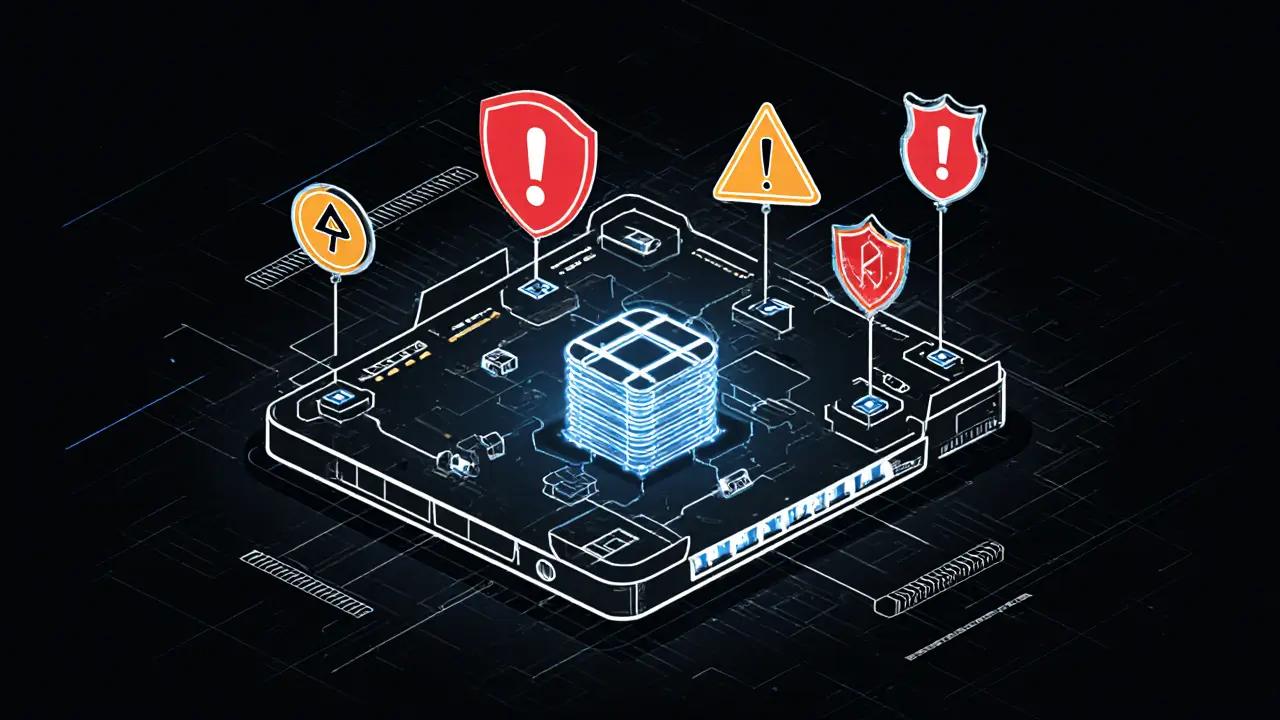51% Attack Prevention: How to Stop Blockchain Takeovers
When someone controls more than half the computing power on a blockchain, they can rewrite history, double-spend coins, and stop new transactions. This is called a 51% attack, a type of security breach where a single entity or group controls the majority of a blockchain’s mining or staking power. Also known as a majority attack, it’s not science fiction—it’s happened on smaller chains like Ethereum Classic and Verge. The bigger the network, the harder and more expensive this becomes. Bitcoin, for example, would need billions in hardware and electricity to pull off. But smaller blockchains? They’re sitting ducks.
What makes a blockchain safe isn’t just how many users it has—it’s how the consensus mechanism, the system that validates transactions and adds them to the blockchain works. Proof of Work (PoW), used by Bitcoin, relies on miners competing to solve hard math problems. The more hash power you need to dominate, the safer it is. Proof of Stake (PoS), used by Ethereum, replaces miners with validators who lock up their own coins as collateral. If they act maliciously, they lose their stake. That’s a big deterrent. But some chains mix the two, or use weak versions of PoS, and that’s where trouble starts. You can’t trust a chain just because it’s listed on CoinMarketCap. Many of the tokens in our posts—like GDOGE, MOOLA, and WCO—are built on low-security networks where a 51% attack is cheap and easy.
Prevention isn’t just for developers. If you’re holding crypto, you need to know which chains are actually secure. Look at the network’s hashrate or total staked value. If it’s low or drops suddenly, that’s a red flag. Check if the chain has been attacked before. Avoid projects that promise high yields but won’t tell you how their security works. Most of the scams we cover—like SafeLaunch SFEX or Zeus (ZEUS)—don’t even have real mining or staking. They’re just tokens on fragile networks, waiting for someone to flip the switch.
There’s no magic fix. But you can protect yourself by sticking to networks with real economic weight behind them. Bitcoin and Ethereum aren’t safe because they’re popular—they’re safe because attacking them would cost more than the reward. The rest? Treat them like high-risk bets. If a project can’t explain its 51% attack prevention clearly, walk away. Below, you’ll find real cases where this went wrong, what happened to the tokens, and how to spot the next one before it’s too late.
How to Prevent 51% Attacks on Blockchains: Real-World Strategies for Network Security
Learn how 51% attacks work, why they target small blockchains, and what makes Bitcoin and Ethereum resistant. Discover real prevention strategies for users and developers.
VIEW MORE
